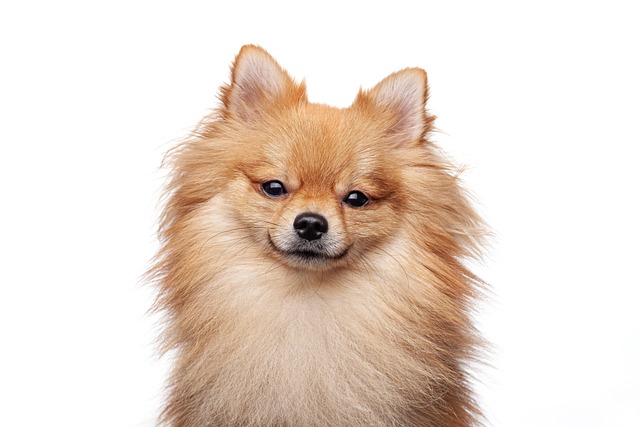
How do i train my dog to be obedient?
Watching your dog dart across the park ignoring your calls isn’t just frustrating—it can put them at risk near busy streets or public spaces.
Pomeranians are tiny balls of energy with big personalities—but that spunk can make potty training feel like a challenge. Their small bladders mean they need more frequent trips outside, and their stubborn streak might make them ignore cues if they’re not in the mood. For example, a Pom might hold it just to keep playing in the living room, leading to unexpected accidents on your rug.
The key is consistency, not frustration. Start by taking your Pom out first thing in the morning, after meals, and before bed—this lines up with their natural bathroom rhythm. Use a simple cue, like “go potty,” and reward them with a tiny treat (think a piece of freeze-dried chicken) right after they finish. Many owners find that crate training helps too; Poms hate soiling their sleeping space, so a properly sized crate encourages them to hold it.
Local rules matter here, too. Most cities require dogs to be on a leash when outside, even for potty breaks, so keep a small, lightweight leash handy for those quick trips. Some areas also fine owners for uncleaned dog waste, so always carry poop bags—this isn’t just polite, it’s the law. Skipping these steps could lead to fines, and it also disrupts your Pom’s training routine.
 Age plays a role, too. Puppies under 6 months old have less bladder control, so accidents are normal—but adult Poms who still struggle might need extra help. A vet can rule out issues like urinary tract infections, which can make potty training nearly impossible. I once worked with a Pom owner whose dog kept having accidents; turns out, a mild UTI was the culprit, and treatment made training a breeze.
Age plays a role, too. Puppies under 6 months old have less bladder control, so accidents are normal—but adult Poms who still struggle might need extra help. A vet can rule out issues like urinary tract infections, which can make potty training nearly impossible. I once worked with a Pom owner whose dog kept having accidents; turns out, a mild UTI was the culprit, and treatment made training a breeze.
Avoid common mistakes, like scolding your Pom for accidents. This makes them scared to go in front of you, leading to hidden messes. Instead, clean up with an enzyme-based cleaner (regular soap leaves smells that attract them back) and stick to your routine. Many Pom owners find that using a designated potty spot in the yard—like a patch of fake grass—helps their dog learn faster.
Potty training a Pom takes patience, but it’s totally doable. With consistent routines, positive rewards, and following local laws, you’ll have a well-trained pup in no time. Remember, every Pom is different—some learn in weeks, others in months—but staying calm and consistent is the key to success.

Watching your dog dart across the park ignoring your calls isn’t just frustrating—it can put them at risk near busy streets or public spaces.

New puppy owners often find themselves rushing to clean up accidents before they set in, and that’s where puppy pad training becomes a game-changer.

If you've noticed your dog's waistline disappearing and your veterinarian has mentioned those few extra pounds, your first instinct might be to simply reduce the amount of food in their bowl.

Training a dog to use a designated spot indoors isn’t as daunting as many new owners fear, but it does take consistency and an understanding of your pet’s needs.

That moment of dread on a walk is all too familiar for many new dog owners. You see another dog approaching down the sidewalk of your neighborhood

If the sight of another dog on your neighborhood walk makes your heart sink as your own dog erupts into a frenzy of barking and lunging, you're not alone.